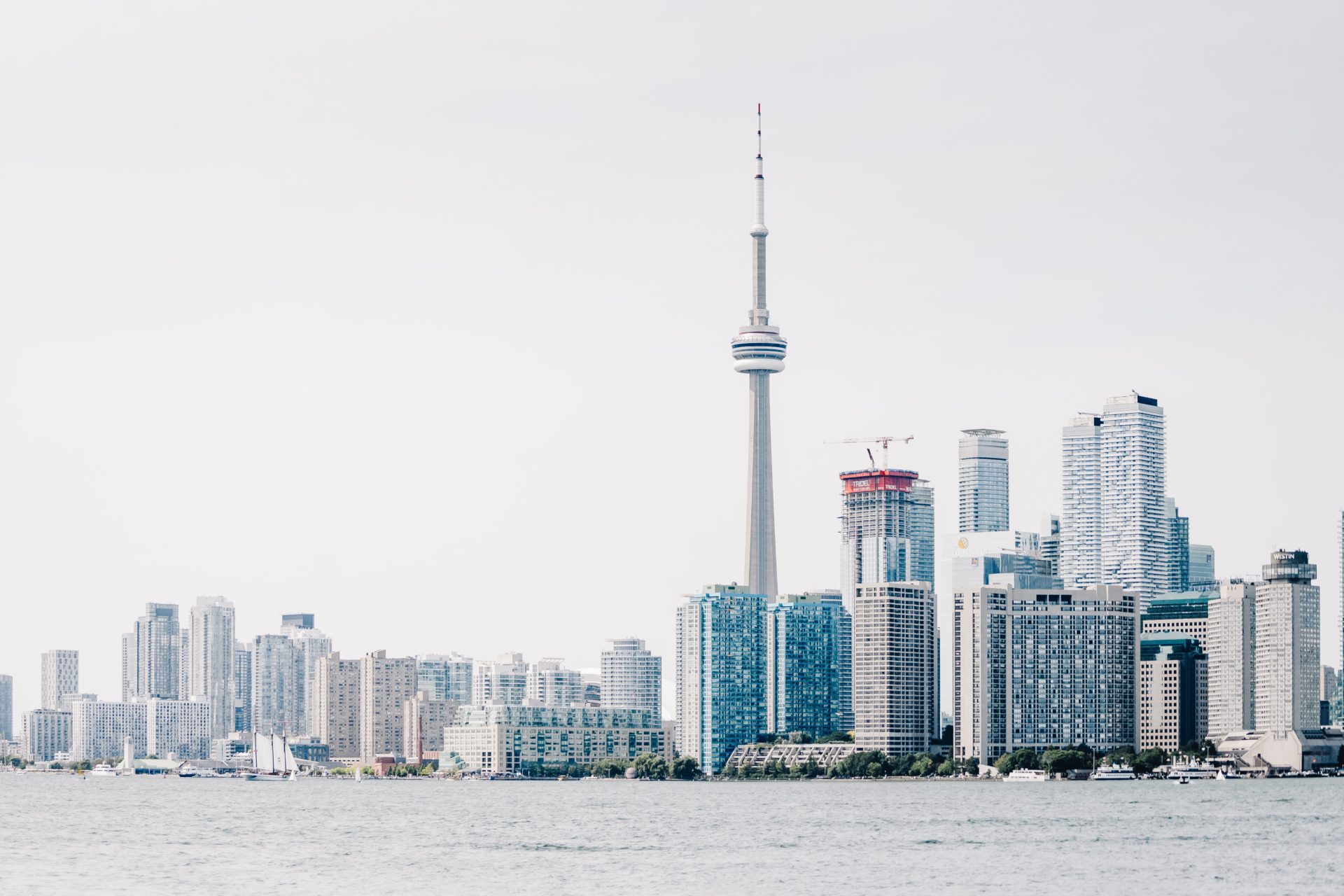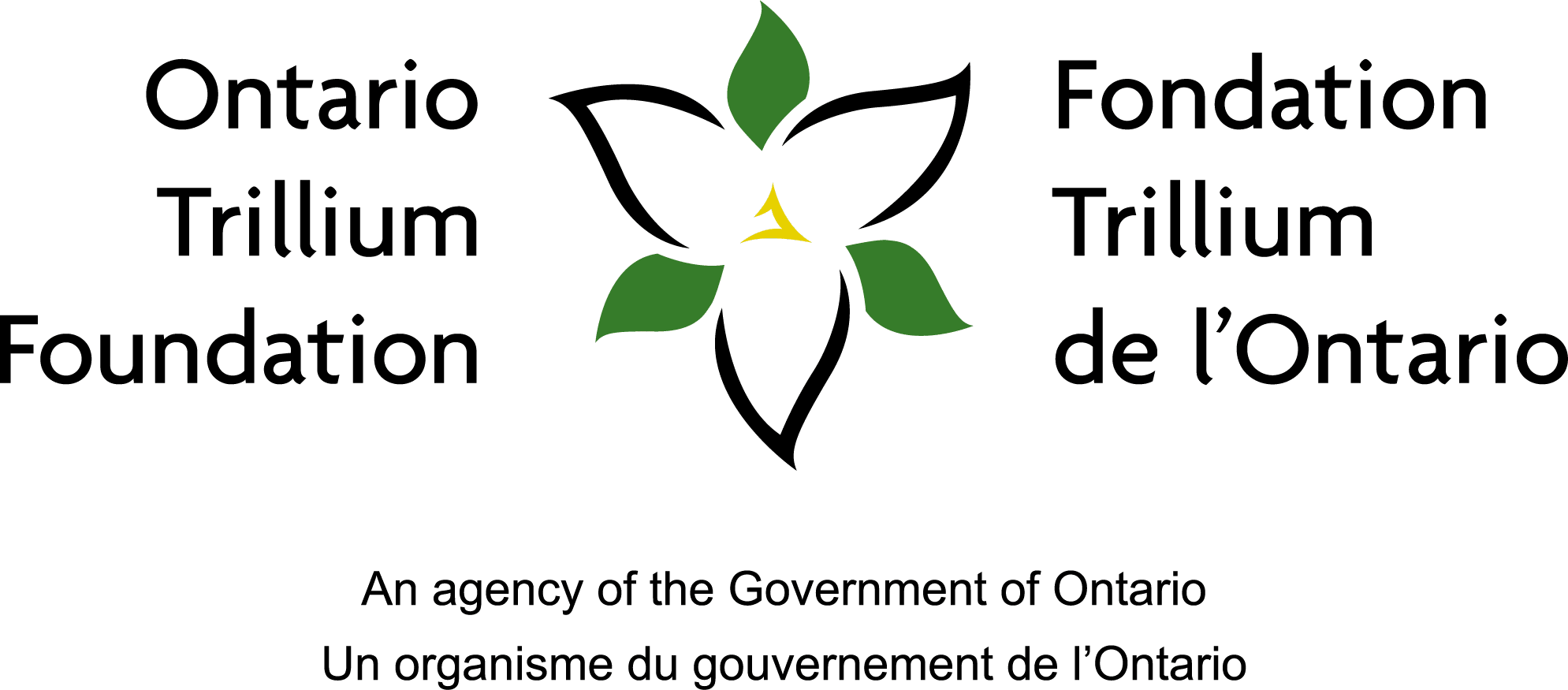As the province remains in a state of emergency, CJRU speaks with Dr. Tom Griffin about what tourism could look like once the stay-at-home order is lifted. Griffin is an assistant professor at Ryerson and serves as the assistant director of the school’s Institute for Hospitality and Tourism Research. His shares insights on how business improvement areas (BIAs) can leverage tourism theory and Visiting Friends and Relatives (VFR) travel amidst the decline in international travel and a shifting housing market.
At Ryerson, Griffin has been encouraging students to apply tourism theory to the current state of the industry. Some classic travel motivations include relaxation, excitement, learning, or interpersonal kinship and he explains that the pandemic has made certain motivations more relevant than others. For example, Griffin recalls that camping was popular over the summer which is a travel motivation for interpersonal kinship.
“People might not be travelling for excitement or difference, people might be travelling because they want to see their friends and family or because they want to go to a different neighbourhood,” he explains.
Outside the classroom, Griffin has been researching the relationship between BIAs and tourism. The City of Toronto defines BIAs as “commercial and industrial property owners and their non-residential tenants who join together under a volunteer Board of Management (BIA Board) to carry out improvements and promote economic development within their designated area.” While BIAs are recognized for their economic contributions, Griffin is intrigued by the impact that these community-centred initiatives have on tourism, especially now that the pandemic has eliminated motivations for international travel.
He sees the transition to working from home as another promising avenue for the 83 BIAs in Toronto and beyond. Remote work has resulted in residents leaving the downtown core in favour of more spacious neighbourhoods, and relocating to communities that were not practical pre-pandemic.
“New residents have some similarities to tourists. When you move to a new place, you don’t know it, you want to get to know it. You’re unfamiliar. For BIAs, I really think there’s potential to see what these new trends are going to be – and new residents could be one of them, more local experiences could be another one. They will have lost some other demands, but what are the new sources of demands?” he explains.
Griffin notes that new residents also bring a network of friends and family along with them. Especially in the pandemic, tourism for many Torontonians has taken the shape of travelling from one side of the city to another. This type of travel and spending is referred to as the Visiting Friends and Relatives (VFR) travel and was Griffin’s former area of study. Looking beyond the provincial stay-at-home order, he believes that BIAs have a unique opportunity to leverage VFR travel as a means to support local businesses. Griffin uses himself as an example, explaining that if his friend moves to the suburbs, he’ll be more invested in the local area because he has a personal connection to it.
“For many BIAs that aren’t traditional tourist destinations, that aren’t the CN Tower neighbourhood …. If I spend money in that community, that’s still tourism spending and it benefits the local business community which has ripple effects on the local community. For BIAs, it’s figuring out what those levers are of bringing in that external spending to their community,” he explains.
He adds that BIAs don’t require famous tourist attractions and large-scale concerts to satisfy new residents and visitors, it’s about creating a community where residents can invite their friends and family into their daily activities. In essence, a good place to live is a good place to visit.
To hear more about Dr. Tom Griffin’s research, listen to the interview below.










